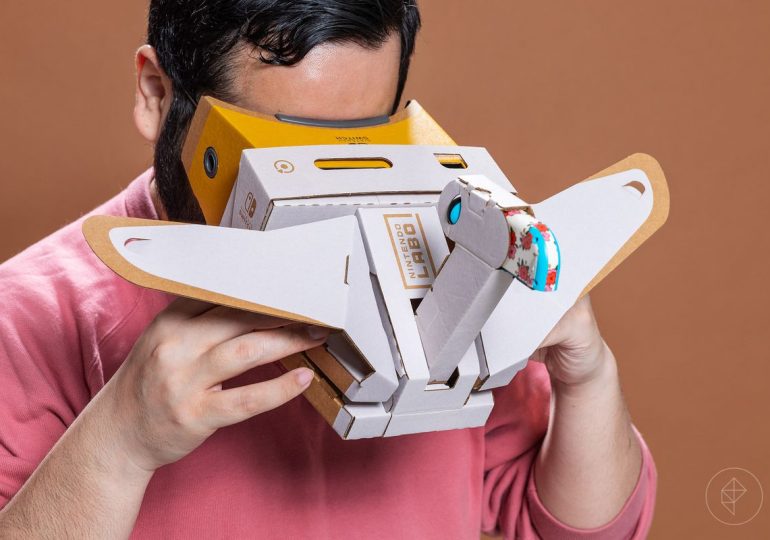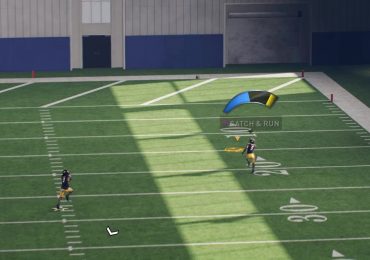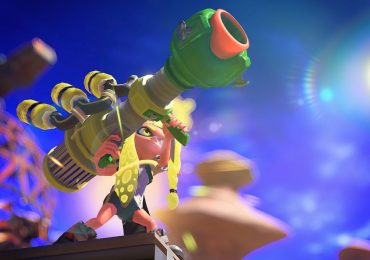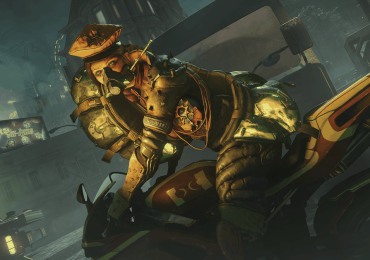Nintendo has a unique philosophy when it comes to video game hardware, defined by the late designer Gunpei Yokoi as “lateral thinking with withered technology.” The idea is that, instead of aiming for state-of-the-art tech, Nintendo’s engineers use cheaper, mass-produced, less powerful parts, and then produce something unexpected and innovative. The philosophy has led to most, if not quite all, of the company’s biggest successes, including Yokoi’s original Game Boy: the twin-screen, touch-enabled DS; the motion-controlled Wii; and the Switch, a hybrid portable game console born of Nintendo’s realization that low-power mobile chipsets were catching up fast with mainstream gaming tech.
To put it another way: Nintendo loves a gimmick. As we await the reveal of the successor to Switch — the Switch 2, as we’re calling it — it’s natural to wonder what this console’s gimmick will be, and indeed whether it will even have one. It would be out-of-character for Nintendo to release a straight, “same but better” sequel to one of its consoles. Even the 3DS, which was otherwise just an updated DS, had a glasses-free 3D screen. On the other hand, Nintendo was badly burned by the failure of Wii U, its first attempt at a hybrid console. Seven years later, though, the Switch’s sales pitch remains unique enough that it still stands out, even against a new wave of powerful handhelds like the Steam Deck.
Reporting so far suggests that Switch 2 will indeed be a fairly straightforward follow-up, a power-efficient handheld that can be hooked up to a TV. Here, we’ve collected a few of the more interesting theories about what other features Nintendo might be tempted to jazz it up with.
Will Switch 2 have… two screens that break apart?
From the DS to Wii U, Nintendo has a longstanding love of a dual-screen setup, and a patent recently unearthed by Game Rant suggests that it might consider going back to a DS-style twin-screen handheld device.
There are a couple of new twists here. The first is that, even when closed, the device still has a touchscreen on the outside — either because it’s a clamshell device with a third screen on the back, or, more likely, because it slides shut, like an old-school slider phone. The second is that the two screens can be detached from each other to form two independent units for wireless two-player multiplayer — as if each of the Switch’s Joy-Cons came with its own screen.
While the patent illustrations show this device as a simplistic handheld that looks a bit like a DS, there’s no reason the detachable dual-screen design couldn’t be incorporated into a Switch-like hybrid. However, by the time you include a dock and (possibly) detachable Joy-con controllers, it’s all starting to sound very complex and expensive, which is not really in the spirit of Yokoi’s maxim. Plus, patents aren’t necessarily indicative of products that’ll hit store shelves; sometimes they’re just concepts.
The only thing that makes this more plausible is that a dual-screen design with touch controls would unlock a large part of Nintendo’s back catalog that’s currently impossible to play on Switch — namely the DS and 3DS games, as well as some Wii U games.
But really, it’s more likely that Nintendo is considering this device as its own thing, or simply making sure to patent an interesting idea that it may not have any serious intention of making. (Remember the NX oval?)
Probability rating: low
Will Switch 2 have… a camera?
Another rumor that came to light last year was that the console would feature a camera. According to an insider on the ResetEra forum, “There is a new camera function with the Switch 2, not sure if it’s VR.”
VR sounds highly unlikely — there have been no reports suggesting that Switch 2 is, or comes with, a headset. Nintendo experimented with VR early, with 1995’s disastrous Virtual Boy, and since then has shown little interest in the technology (unless you count the almost-parodic cardboard headset of the Labo VR kit). It may be that the insider meant to say AR, or augmented reality. This is the tech that blends a camera input from the real world with game graphics, most famously used in Pokémon Go.
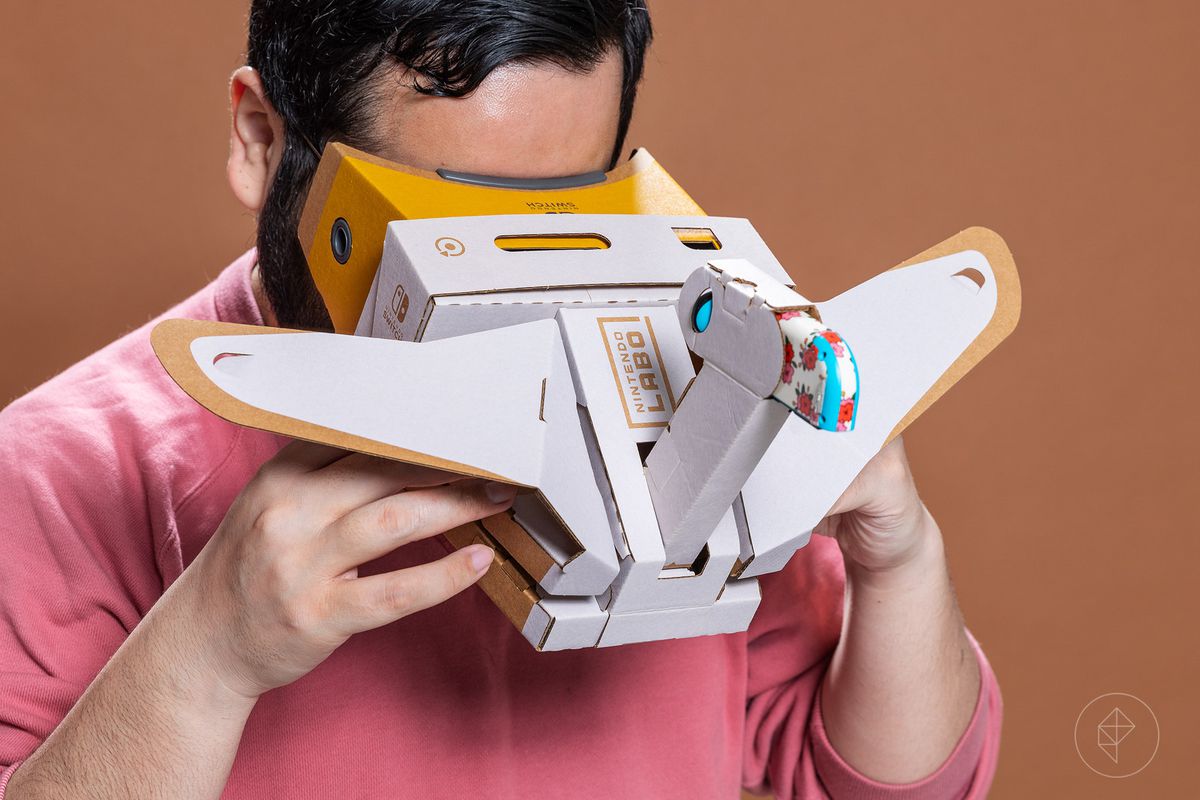
There are a few reasons this is quite possible. As a shareholder in the Pokémon Company, Nintendo is more than familiar with the gaming potential of AR and has also experimented with it in Pikmin Bloom. (Both games are made under license by AR specialist Niantic, in which Nintendo and the Pokémon Company are investors.) Cameras are also a natural fit for handheld consoles; Nintendo released a camera accessory for the Game Boy back in 1998 and included cameras in some of the DS family of consoles, including the DSi and 3DS. Nintendo’s designers were playing around with AR years before Pokémon Go in titles like Nintendogs + Cats, and would probably come up with some fun applications with the processing power the Switch 2 will have.
The case against? Adding even a simple camera will increase the cost, and it would be for a feature that many games won’t use. Breakout AR hits beyond Pokémon Go have been few. And everyone already has a gaming-capable device with a camera: their smartphone. Nintendo got away with low-quality cameras in previous devices due to their novelty value, but that no longer applies. Still, this is far from impossible.
Probability rating: medium
Will Switch 2 have… fewer gimmicks than Switch?
As much as it runs counter to (some of) Nintendo’s instincts, we have to consider the possibility that the company will actually strip features rather than add them. The reason is simple: cost. The price of electronics components is not reducing over time the way it used to — Switch’s retail price has remained the same for its entire lifespan — and Nintendo needs to find a cost-effective way to make a more powerful console that has a reportedly considerably larger screen.
Rumors say that the console will still be playable “in portable mode,” which also suggests that it will not be — so the continuation of the dock, or some other means to connect it to a TV, seems a given.
The place Nintendo is most likely to make cuts is with the Joy-Cons. These are complex, miniaturized, expensive, somewhat overengineered, and have — by Nintendo’s high standards — been pretty unreliable. Could Nintendo simplify the design with a single detachable controller? This is certainly possible, although it would cut one of Switch’s most unique and appealing features — out-of-the-box local multiplayer on a portable unit.
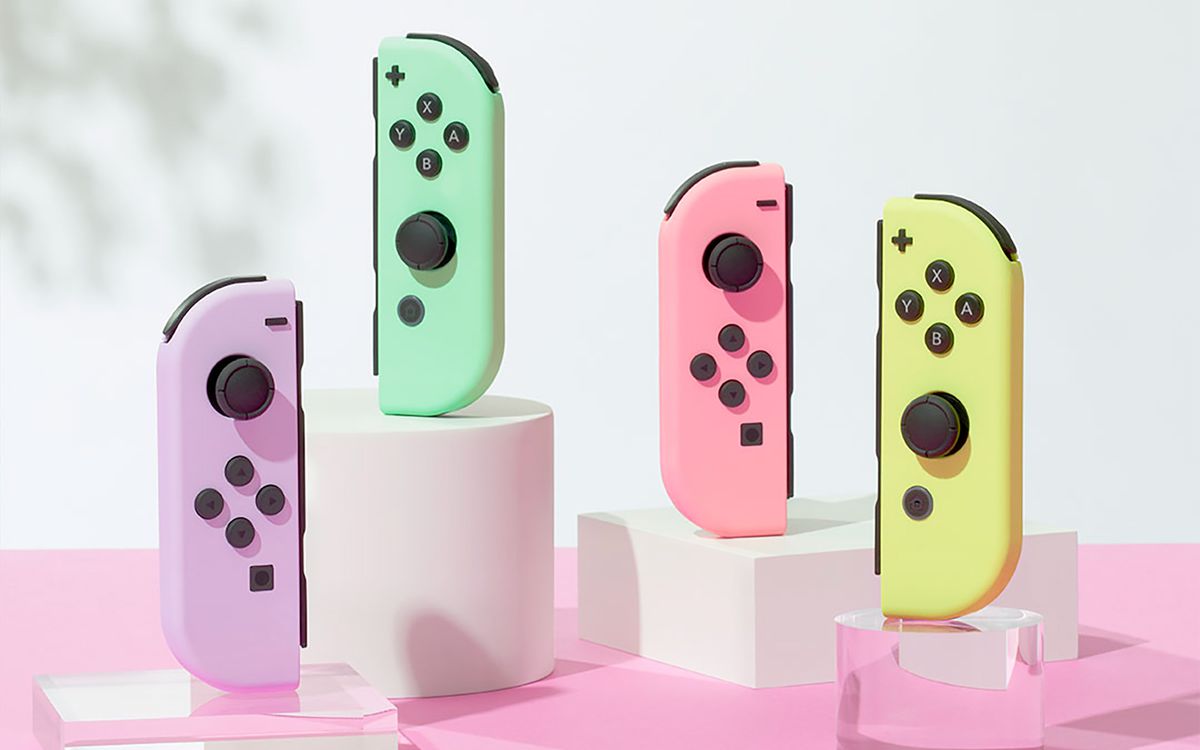
There are many other candidates for cuts, though. The “HD Rumble” haptic feedback could be simplified, or cut completely; so could the accelerometer and gyroscope that enable motion and pointer controls. The near-field communication reader (NFC) that works with Amiibo figures could be dropped, as could the infrared sensor that can detect nearby objects and read motion. Of these, the very rarely used infrared sensor is almost a sure bet to be cut. The NFC reader could also go; though Amiibo are a popular line for Nintendo, their appeal is more as collector’s items rather than for any game interface.
Cutting motion controls is much less likely. This would present a major backward compatibility headache, and it would also mean Switch 2 wasn’t capable of some of the physical casual gaming genres that Nintendo got into with Wii and that the platform still utilizes in titles like Nintendo Switch Sports and Ring Fit Adventure. (Motion controls are commonly used for aiming in shooters and action games, too.) Rumble is an expected feature, although it could be cut back a bit.
To sum it up, it seems most likely Nintendo will seek to streamline the engineering of the Joy-Cons, whilst hopefully improving the reliability and accuracy of their core parts.
Probability rating: high
Will Switch 2 be… just like Switch?
In all likelihood, you can expect the design of Switch 2 to be very conservative by Nintendo’s eccentric standards. As a rule, Nintendo doesn’t do sequel consoles, but on this occasion, every factor is pushing the company toward one. We’ll go into the reasons for this in a future article, but in short: Switch has sold almost 140 million units. It’s not broke, and Nintendo does not need to try to fix it.
